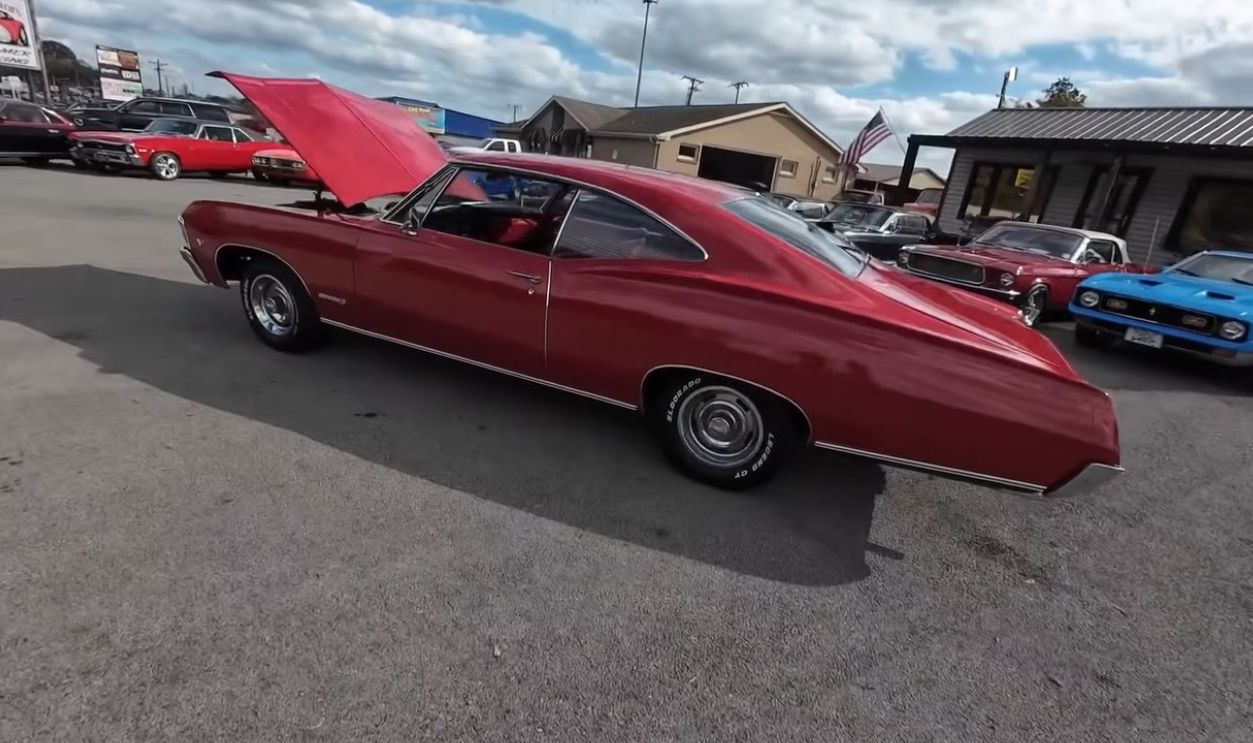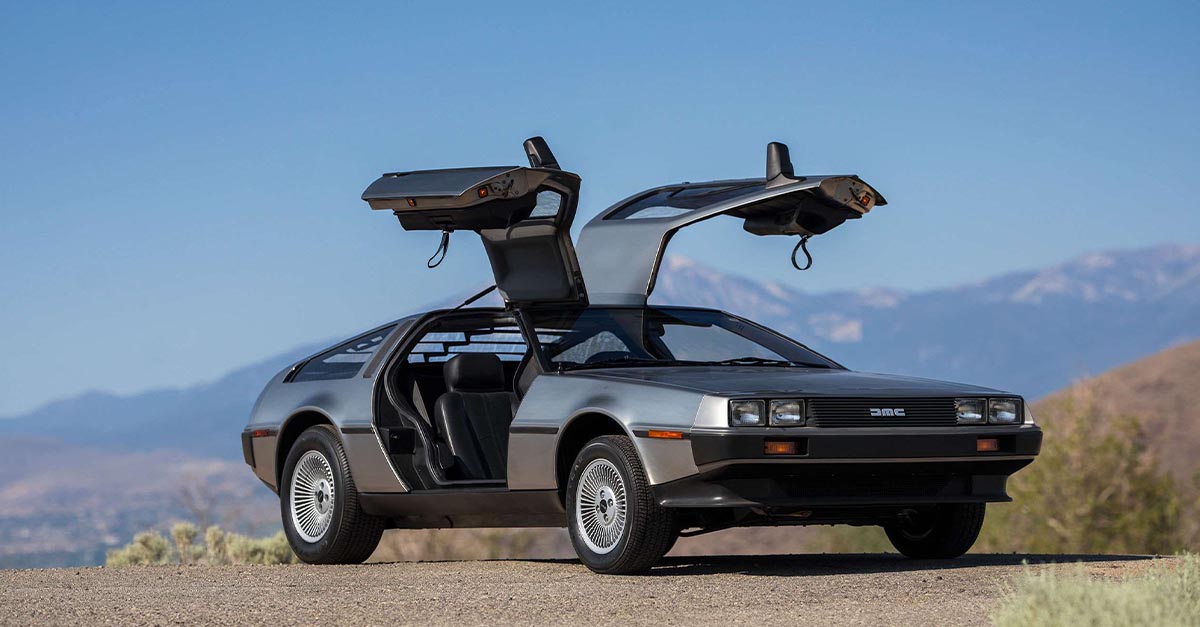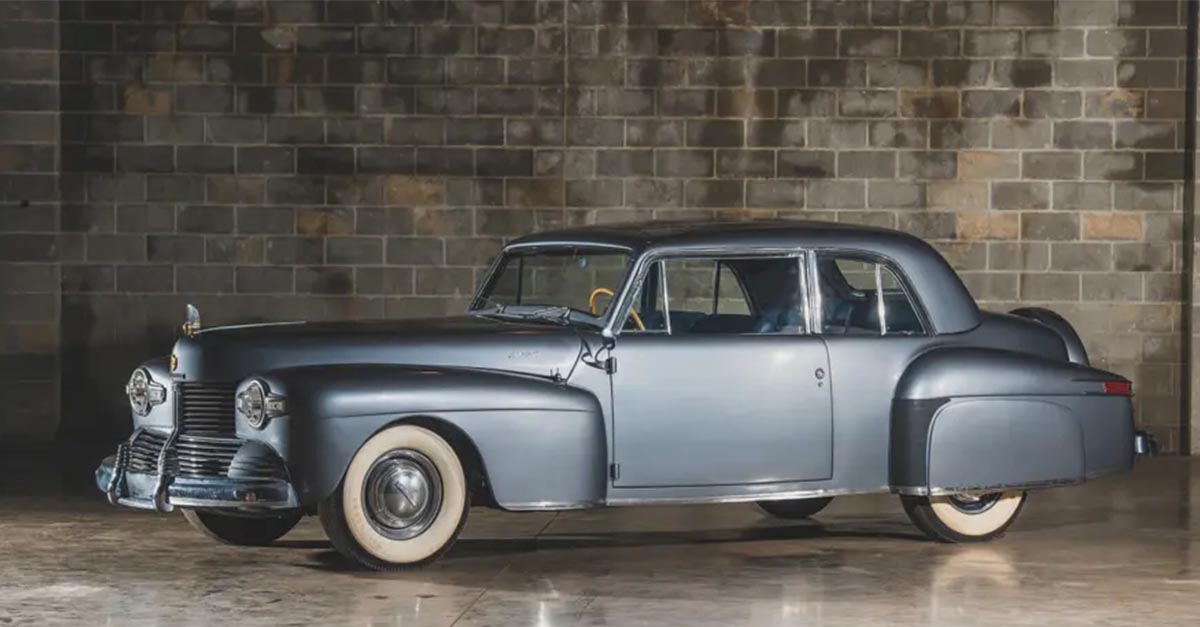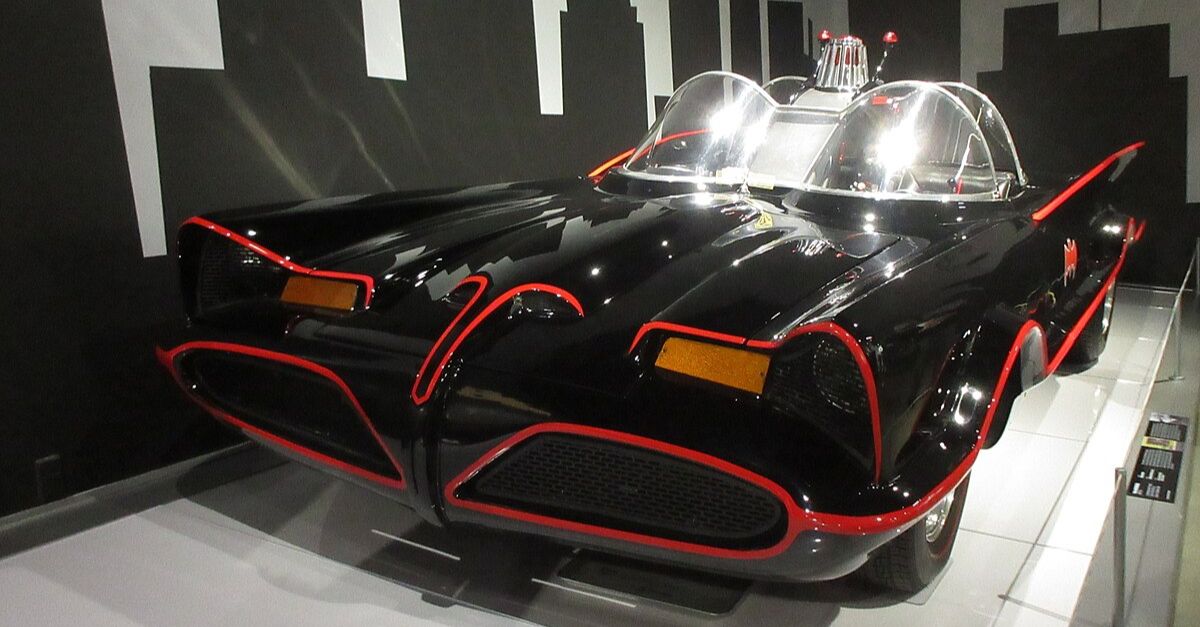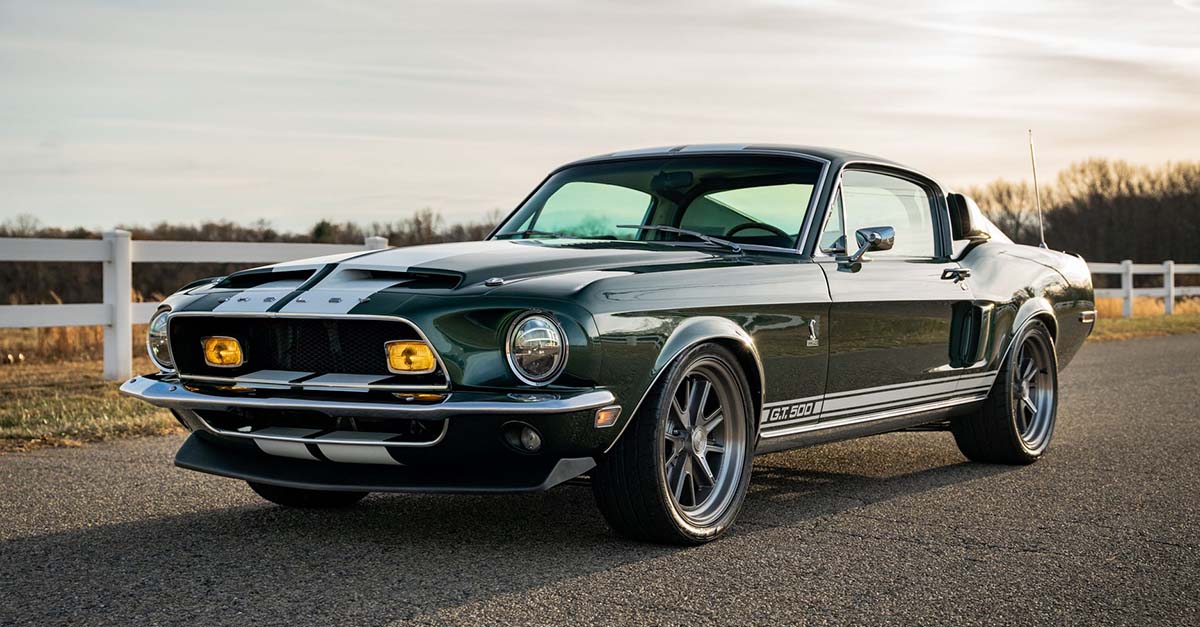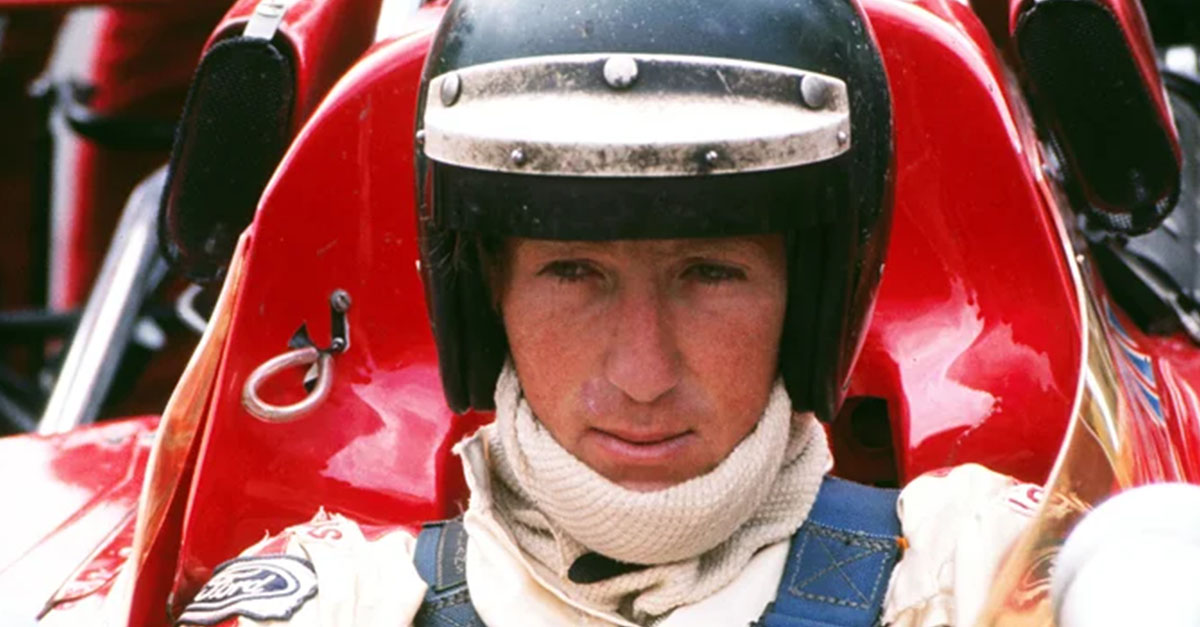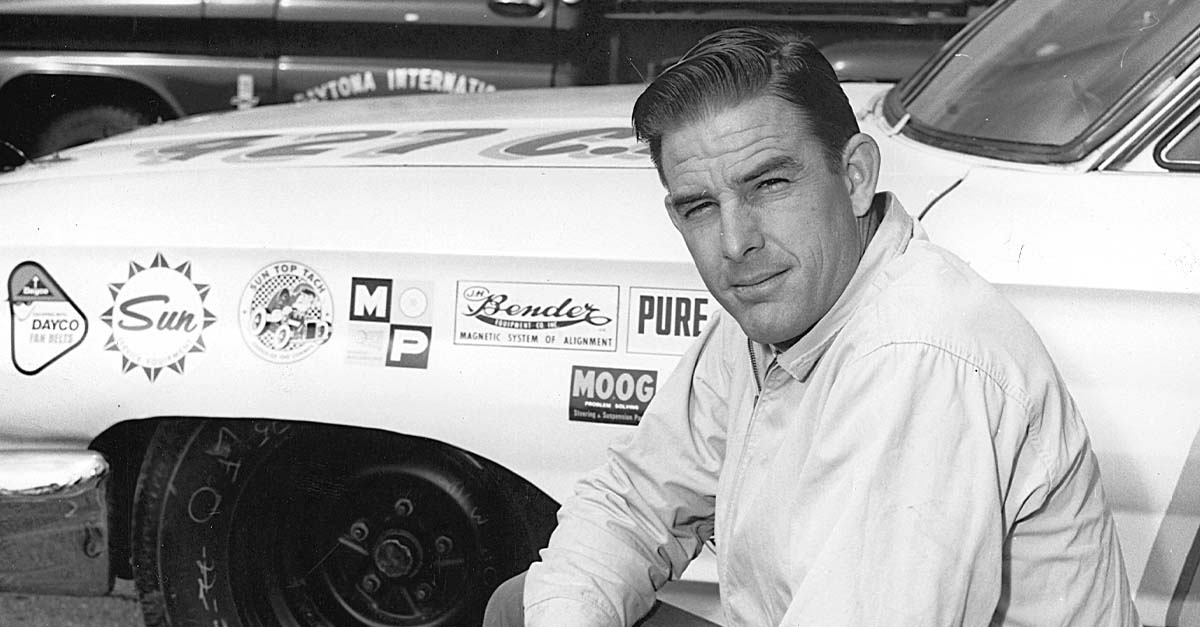Driving Through Generations
Imagine a car that wasn't just about transportation but was a rolling piece of engineering brilliance. The Chevy Impala drove the highways of possibility, turning every mile into a story of power and spirit.

Concept Car Origins
The name "Impala" was first used on a concept car displayed at General Motor’s 1956 Motorama. Apparently, the Impala was named after the swift African antelope, which served as the inspiration for its logo. The Corvette inspired this concept car’s look.
 Five seater Corvette Impala XP-101 Concept by Eckhart Rakasiwi.
Five seater Corvette Impala XP-101 Concept by Eckhart Rakasiwi.
First Concept Specifications
It featured a slick emerald green paint job, a white interior, and African antelope logos. This established its luxury identity. The concept was a five-seat vehicle with a sloping teardrop shape. It was also built on a standard Chevrolet sedan chassis.
 Eigenes Bild, Wikimedia Commons
Eigenes Bild, Wikimedia Commons
Design Development
Clare MacKichan’s design team teamed up with Pontiac back in June 1956. They were the ones who set the basic sizes for GM’s shared “A” body platform. By October of that year, Harley Earl, the Vice President of Styling, approved the first influential sketch.
 {{{1}}}, CC BY-SA 2.0, Wikimedia Commons
{{{1}}}, CC BY-SA 2.0, Wikimedia Commons
1958 Anniversary Edition Launch
The company celebrated its 50th anniversary by launching special models across all brands. The Chevrolet Bel-Air Impala joined the Cadillac Eldorado Seville, Buick Limited Riviera, Oldsmobile Starfire 98, and Pontiac Bonneville Catalina in this milestone.
 order_242, CC BY-SA 2.0, Wikimedia Commons
order_242, CC BY-SA 2.0, Wikimedia Commons
Revolutionary First Generation
So, the 1958 Chevrolet Impala debuted as a top-of-the-line model within Chevrolet's Bel Air series. It showcased a design with triple taillights, extensive chrome trim, and brushed aluminum accents. This model was available as a Sport Coupe or convertible.
 MercurySable99, CC BY-SA 4.0, Wikimedia Commons
MercurySable99, CC BY-SA 4.0, Wikimedia Commons
Advanced Chassis Framework
In developing this one, engineers changed the design by replacing traditional perimeter frames with an X-frame structure. This provided increased torsional rigidity and allowed lower passenger compartment placement, though side-impact protection decreased compared to earlier models.
 Bene Riobó, CC BY-SA 4.0, Wikimedia Commons
Bene Riobó, CC BY-SA 4.0, Wikimedia Commons
Powerplant Options
The first-generation engines had some great options. You could go with the 235 cubic inch Blue Flame six-cylinder or the 283 cubic inch Turbo Fire V8 that packed up to 250 horsepower. Also, there was the 348 cubic inch Turbo Thrust V8 that hit 280 horsepower.
 Greg Gjerdingen from Willmar, USA, CC BY 2.0, Wikimedia Commons
Greg Gjerdingen from Willmar, USA, CC BY 2.0, Wikimedia Commons
Sales Success
In its inaugural year, Chevrolet produced around 181,469 Impalas, including 125,480 coupes and 55,989 convertibles. This production figure represented a 15% share of the full-size car market, helping Chevrolet reclaim its top-selling automaker position during the 1958 recession year.
 GPS 56 from New Zealand, CC BY 2.0, Wikimedia Commons
GPS 56 from New Zealand, CC BY 2.0, Wikimedia Commons
Second Generation Launch
The brand’s economic initiative in 1959 led to shared bodyshells between Impala and other divisions. The new design had a 3-inch lower roofline, a 2-inch wider body, an extended wheelbase, outward-protruding tailfins, teardrop taillights, and decorative air scoops.
 SG2012, CC BY 2.0, Wikimedia Commons
SG2012, CC BY 2.0, Wikimedia Commons
1959 Model Line Expansion
Impala set itself as a distinct series, expanding beyond coupes and convertibles to include four-door hardtops, sedans, and station wagons. Standard features included an electric clock, dual sun visors, armrests, and a Speedminder speed-warning system.
 order_242 from Chile, CC BY-SA 2.0, Wikimedia Commons
order_242 from Chile, CC BY-SA 2.0, Wikimedia Commons
1960 Performance Evolution
The engine options also grew dramatically, offering seven V8 variations. The 283 Turbo-Fire delivered up to 230 horsepower, while the ultimate 348 Special Super Turbo-Thrust produced 350 horsepower through triple two-barrel carburetors and high compression.
 Greg Gjerdingen from Willmar, USA, CC BY 2.0, Wikimedia Commons
Greg Gjerdingen from Willmar, USA, CC BY 2.0, Wikimedia Commons
International Manufacturing
Oshawa, Ontario, produced right-hand drive Impalas for international markets. Australia's GMH Holden hand-assembled cars from kits featuring mirrored dashboards that were shared with Pontiac. It became Australia's first post-war American import with standard V8 power.
Third Generation Advancements
The Impala then moved to General Motor’s B-body platform, introducing trimmer, boxier styling that departed from previous designs. The Sport Coupe came with a distinctive "bubbleback" roofline, while a rare two-door pillared sedan joined the lineup.
 GPS 56 from New Zealand, CC BY 2.0, Wikimedia Commons
GPS 56 from New Zealand, CC BY 2.0, Wikimedia Commons
Super Sport Introduction
Chevrolet also launched the legendary "Super Sport" (SS) option package in 1961, which marked Impala's entry into the performance market. This important year was also when we saw the last of the well-known Nomad name on wagon models.
 sv1ambo, CC BY 2.0, Wikimedia Commons
sv1ambo, CC BY 2.0, Wikimedia Commons
Engineering Progression
By 1962, there were way more engine options to choose from. For instance, the 409 cubic inch V8 was cranking out up to 409 horsepower, as it took the place of the old 348 engine. The Beach Boys even made it famous with their hit song "409”.
 TKOIII, CC BY-SA 4.0, Wikimedia Commons
TKOIII, CC BY-SA 4.0, Wikimedia Commons
1963 Z11 Racing Special
Chevrolet built about 50 RPO Z11 Impalas with special 427 engines having aluminum components, 13.5:1 compression, and dual Carter carburetors. This race-focused package produced 430 horsepower and 575 lb-ft torque through a high-rise intake manifold.
 1963 Chevrolet Impala Z11 'Old Reliable IV' // Mecum Kissimmee 2017 by Mecum Auctions
1963 Chevrolet Impala Z11 'Old Reliable IV' // Mecum Kissimmee 2017 by Mecum Auctions
1964 Design Evolution And Impact
So, the '64 Impala showed off softer styling with distinctive U-shaped aluminum trim above the taillights. The 409 V8 pumped out around 425 horsepower, and the Super Sport became its own series. This model also became iconic in lowrider culture.
 Bene Riobó, CC BY-SA 4.0, Wikimedia Commons
Bene Riobó, CC BY-SA 4.0, Wikimedia Commons
Fourth Generation Achievement
You wouldn’t believe it, but in 1965, the Impala made history by selling more than a million cars. The new design had incredible curved side windows and a sharper look for the windshield. It also swapped out the old X frame for a full-width perimeter frame.
 Reinhold Möller, CC BY-SA 4.0, Wikimedia Commons
Reinhold Möller, CC BY-SA 4.0, Wikimedia Commons
Luxury Market Entry
The 1965 Caprice package brought some nice upgrades to the Impala four-door hardtops. It included fancy upholstery, wood-grain accents, and special wheel covers. All of this was aimed at attracting buyers who were looking for something a bit more upscale.
 Michael Spiller, CC BY-SA 2.0, Wikimedia Commons
Michael Spiller, CC BY-SA 2.0, Wikimedia Commons
1966 Performance Peak
Chevrolet soon offered us two formidable 427 cubic inch V8 engine choices for 1966. The RPO L36 delivered 385 horsepower for general performance, while the exclusive L72 produced 425 horsepower and was available only with manual transmissions.
 GPS 56, CC BY 2.0, Wikimedia Commons
GPS 56, CC BY 2.0, Wikimedia Commons
Coke Bottle Styling
The 1967 Impala brought about the dramatic Corvette-inspired "Coke bottle" styling with pronounced fender bulges. The federal safety mandate also introduced collapsible steering columns, side markers, and shoulder belts, while GM started an annual letter-coded key system.
Fifth Generation Layout
The 1971 fifth-generation Impala became the largest car Chevrolet ever offered. It featured a wheelbase of 121.5 inches (125 inches for station wagons) and was about 18 feet long and 7 feet broad. It also had front disc brakes and variable-ratio power steering.
 PierryBossy, Wikimedia Commons
PierryBossy, Wikimedia Commons
Market Adaptation
In response to the 1973 oil crisis, Chevrolet adapted its engine lineup to include more fuel-efficient options, a huge shift in consumer demand for more economical vehicles. The traditional V8 engines were complemented by smaller displacement engines made to improve fuel economy.
 Niels de Wit from Lunteren, The Netherlands, CC BY 2.0, Wikimedia Commons
Niels de Wit from Lunteren, The Netherlands, CC BY 2.0, Wikimedia Commons
1977 Market-Driven Redesign
Entering the sixth generation, the 1977 Impala underwent strategic downsizing while improving interior space. The shorter, narrower body used a modified 1970 frame. So, this successful redesign earned Motor Trend's Car of the Year and reclaimed America's sales leadership.
 nakhon100, CC BY 2.0, Wikimedia Commons
nakhon100, CC BY 2.0, Wikimedia Commons
Engine Range Expansion
The engine choices changed over the years. It all started with a 110-hp inline-six, then moved on to the 267, 305, and 350 V8s. By 1980, they swapped the inline-six for Chevrolet's 229 V6, which was different from the Buick's 231 V6 used in other models.
 dave_7 from Lethbridge, Canada, CC BY 2.0, Wikimedia Commons
dave_7 from Lethbridge, Canada, CC BY 2.0, Wikimedia Commons
Sixth Generation’s Last Years
The Impala was Chevrolet's entry-level full-size car, and it was a big hit with fleets and police departments. They stopped making coupe and wagon versions in 1982, and by 1985, they officially retired the name. The Caprice then took over as the basic model.
 Valder137, CC BY 2.0, Wikimedia Commons
Valder137, CC BY 2.0, Wikimedia Commons
1994-1996 Performance Revival
The seventh generation Impala SS returned with a 5.7-liter LT1 V8 that produced 260 horsepower and 330 lb-ft torque. It was built on the Caprice platform with sport-tuned suspension, reverse-flow cooling, four-wheel disc brakes, and unique 17-inch aluminum wheels.
 MercurySable99, CC BY-SA 4.0, Wikimedia Commons
MercurySable99, CC BY-SA 4.0, Wikimedia Commons
Eighth Generation’s Revival
Chevrolet reintroduced the Impala on April 8, 1999, as a front-wheel-drive sedan. Made in Oshawa, Ontario, it came equipped with two V6 engines. One was a base 3.4L engine producing 180 horsepower and an optional 3.8L engine generating 200 horsepower.
2000 9C1 Package
The ninth-generation 9C1 police package debuted in 2000. It featured a 3.8L V6 engine, heavy-duty suspension, reinforced frame, upgraded cooling system, "SURV MODE" light switch, and vinyl or cloth seating options. Also, preparation for criminal cage installation.
The Ninth Generation
This generation debuted for the 2006 model year and continued until 2016. It was exclusively about a front-wheel-drive four-door sedan. By 2012, the lineup was streamlined to include a 3.6L V6 engine with 300 horsepower paired and a six-speed automatic transmission.
 SsmIntrigue, CC BY-SA 4.0, Wikimedia Commons
SsmIntrigue, CC BY-SA 4.0, Wikimedia Commons
2007 Feature Enhancement
The 2007 Impala expanded options with FlexFuel capability, Active Fuel Management V6, and OnStar navigation. New packages included the Luxury Edition with leather seating and the aggressive RSS package featuring body modifications. Also, there were four new colors.
Impala Limited Production
The ninth-generation Impala continued as "Impala Limited" from 2014-2016, exclusively serving fleet, rental, and police markets. Oshawa's consolidated plant produced three trim levels—LS, LT, and LTZ, alongside the Chevrolet Equinox until May 2016.
2015 Bi-Fuel Innovation
The 2015 Impala Bi-Fuel, North America's only full-size CNG vehicle, offered flexibility with button-activated switching between gasoline and compressed natural gas. The 500-mile range system earned a Green Car Award nomination alongside BMW's i3.
 Kevauto, CC BY-SA 4.0, Wikimedia Commons
Kevauto, CC BY-SA 4.0, Wikimedia Commons
South Korean Market Entry
In 2015, Chevrolet made history by introducing the Impala to South Korea's market. This was seen as the first time an American-built full-size sedan entered Korean showrooms and widened Impala's global reach beyond North America.
 Damian B Oh, CC BY-SA 4.0, Wikimedia Commons
Damian B Oh, CC BY-SA 4.0, Wikimedia Commons
Consumer Recognition
The tenth-generation 2014 Impala earned Consumer Reports' highest score of 95 out of 100. As the last generation, it rode on the company’s extended Epsilon II platform, shared with Cadillac XTS and Buick LaCrosse. 2.5L Inline-Four, 3.6L V6, and a hybrid variant (eAssist) were available.
 Damian B Oh, CC BY-SA 4.0, Wikimedia Commons
Damian B Oh, CC BY-SA 4.0, Wikimedia Commons
Tenth Generation Trim Hierarchy
The final Impala generation offered three distinct trim levels: entry-level LS with essential features, mid-range LT with additional comfort options, and top-tier LTZ, later renamed Premier, which had premium luxury amenities and the 3.6L V6 engine.
 Damian B Oh, CC BY-SA 4.0, Wikimedia Commons
Damian B Oh, CC BY-SA 4.0, Wikimedia Commons
2018 Market Strategy
Despite industry-wide shifts toward SUVs and declining sedan sales, CEO Mary Barra initially committed to the sedan market in 2018, positioning the Impala to get market share from Ford's departing Taurus. This contrasted with Ford and FCA's complete sedan market exit.
 Benjamin Applebaum, Wikimedia Commons
Benjamin Applebaum, Wikimedia Commons
Final Production Chapter
General Motor’s changed its mind and temporarily shut down the Detroit-Hamtramck and Oshawa plants. After keeping things going a bit longer than planned—beyond June 2019—the last Impala came off the assembly line in Detroit on February 27, 2020.
 Benespit, CC BY-SA 4.0, Wikimedia Commons
Benespit, CC BY-SA 4.0, Wikimedia Commons
2020 Final Model
The final model produced was a 2020 Chevrolet Impala Premier, which was finished in Cajun Red Tintcoat. This model displayed a 3.6L V6 engine that pumped out 305 horsepower and was equipped with a six-speed automatic transmission.
 Benespit, CC BY-SA 4.0, Wikimedia Commons
Benespit, CC BY-SA 4.0, Wikimedia Commons
NASCAR Legacy Introduction
In 2007, the Impala replaced Monte Carlo in NASCAR's Car of Tomorrow program. The model competed across multiple series, including Sprint Cup and Nationwide Series, representing Chevrolet's racing heritage until 2013.
 Staff Sgt. Scott Hollis, Wikimedia Commons
Staff Sgt. Scott Hollis, Wikimedia Commons
Racing Evolution And Transition
The Impala was done with NASCAR after 2012, making way for the Camaro in the Nationwide Series and the Holden-based Chevrolet SS in the Sprint Cup. It kept showing up in the Pinty's Series only until 2018, though.
Award-Winning Legacy
The Impala garnered prestigious recognition throughout its history: Motor Trend's 1977 Car of the Year, three consecutive Fleet Car of the Year awards (2006-2008), and CAA's 2006 Pyramid Award for Environmental Initiatives. Auckland even named a street after it.
 Michael Gil, CC BY 2.0, Wikimedia Commons
Michael Gil, CC BY 2.0, Wikimedia Commons
Impala’s Safety Rating
The 2000–2005 Impalas earned IIHS “Good” ratings for crash protection, while the 2006–2013 models initially received “Acceptable” scores. General Motors’ 2009 structural enhancements improved frontal crash ratings to “Good”. Also, side-curtain airbags became standard by 2009.
Safety Controversies
Multiple safety issues plagued later Impalas. Such as fleet models sold without side-curtain airbags, 2007–2008 suspension defects leading to class-action lawsuits, and a 2014 NHTSA investigation into 60,000 vehicles for emergency braking system malfunctions.



